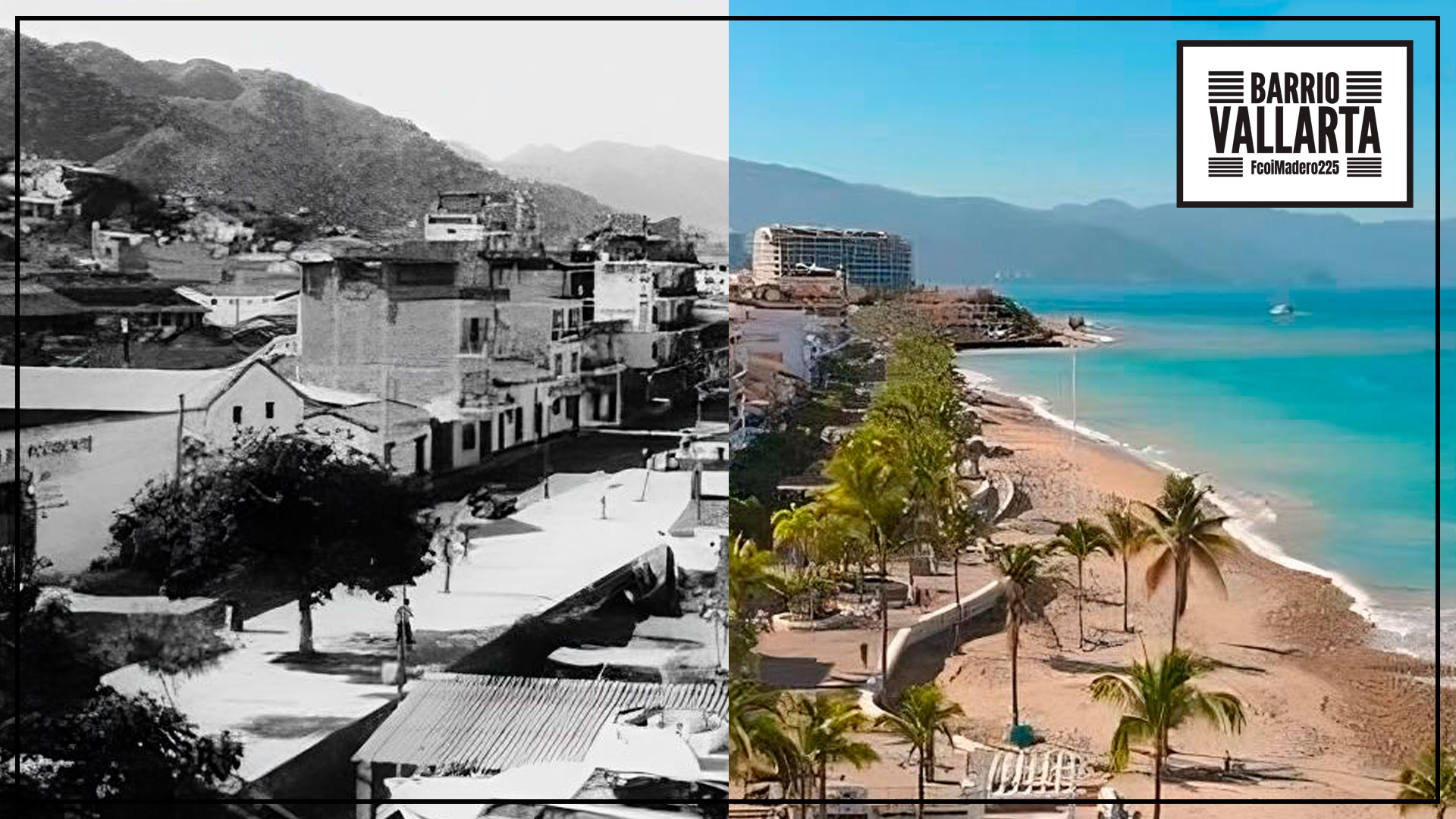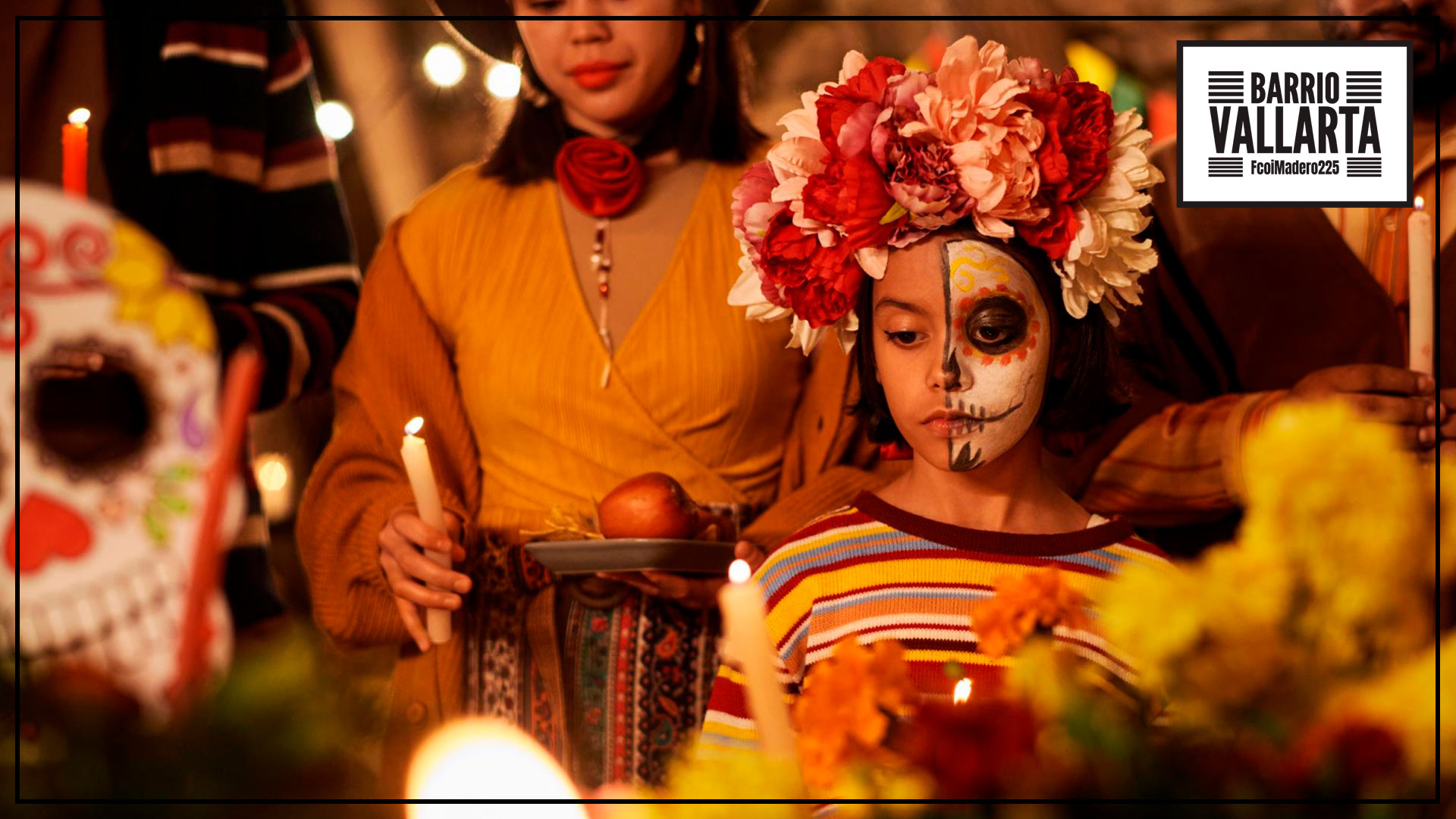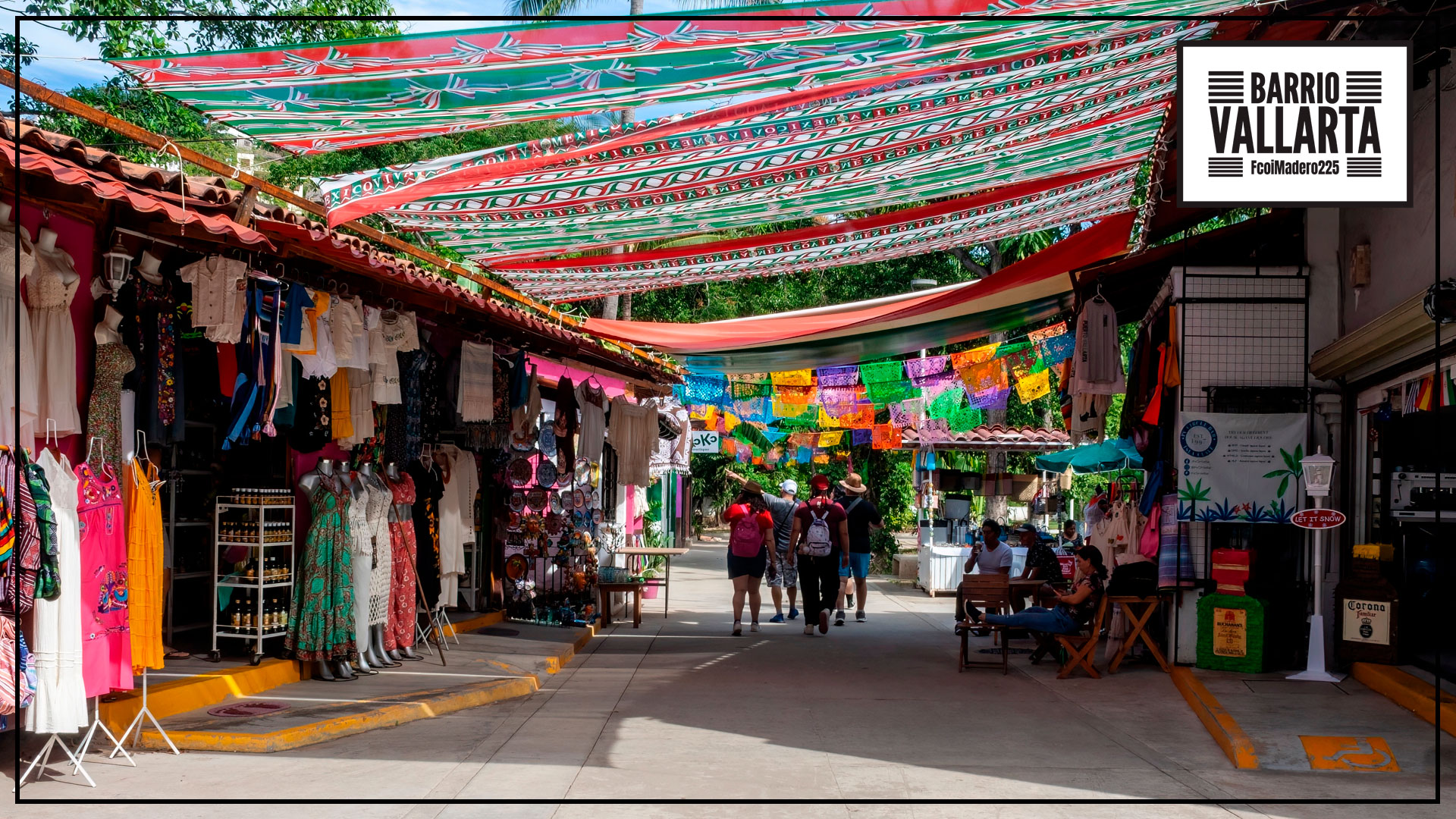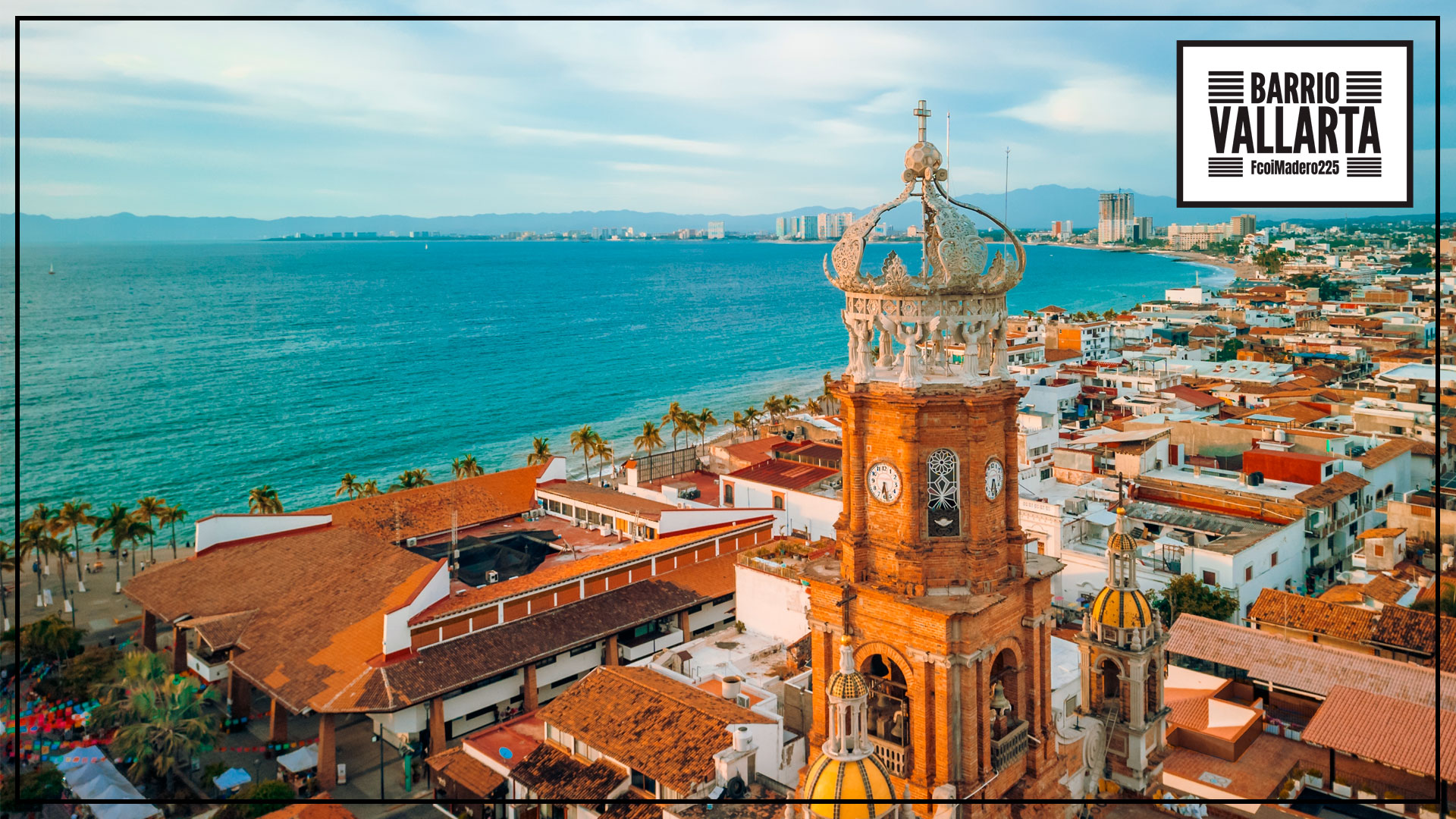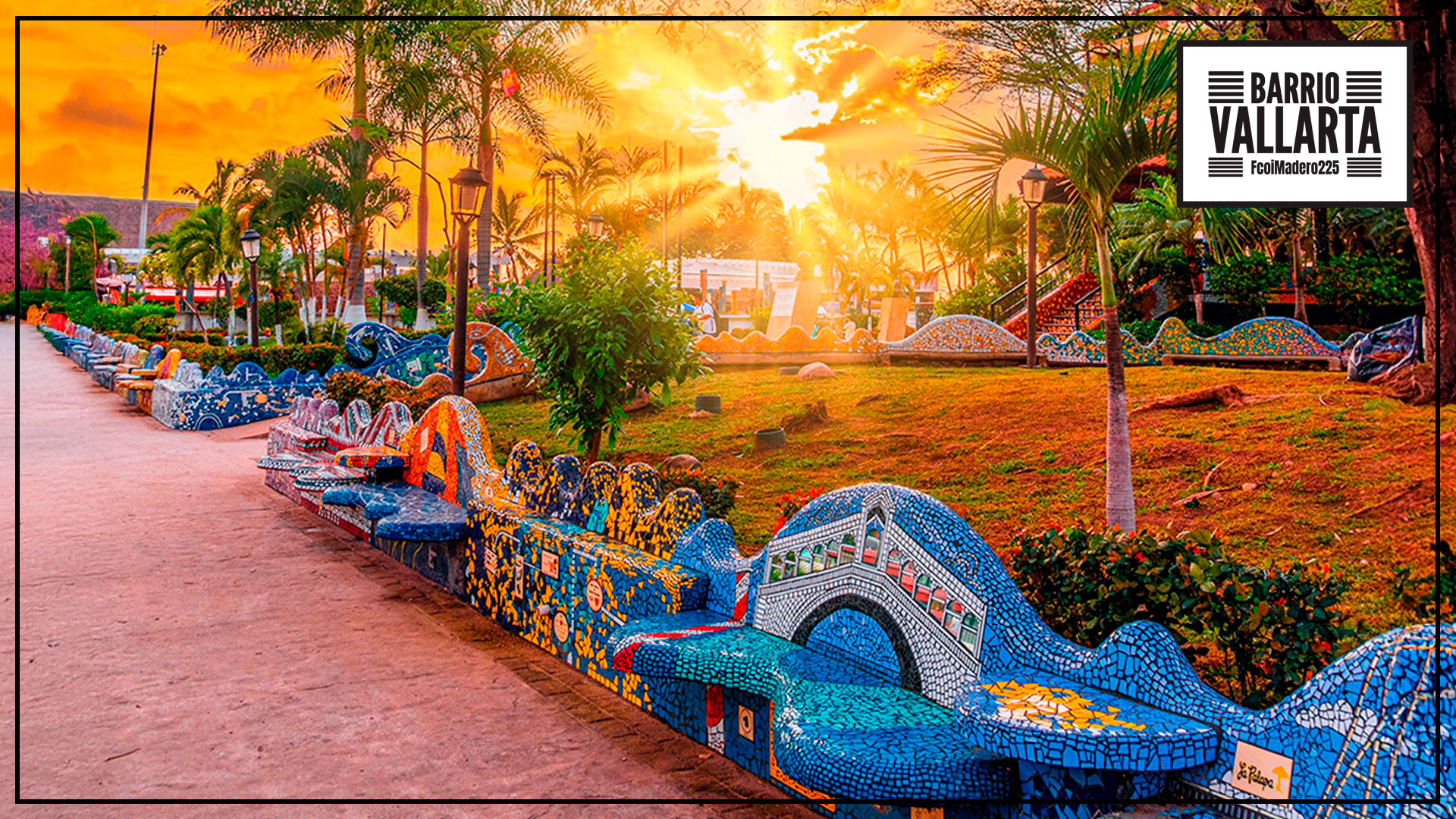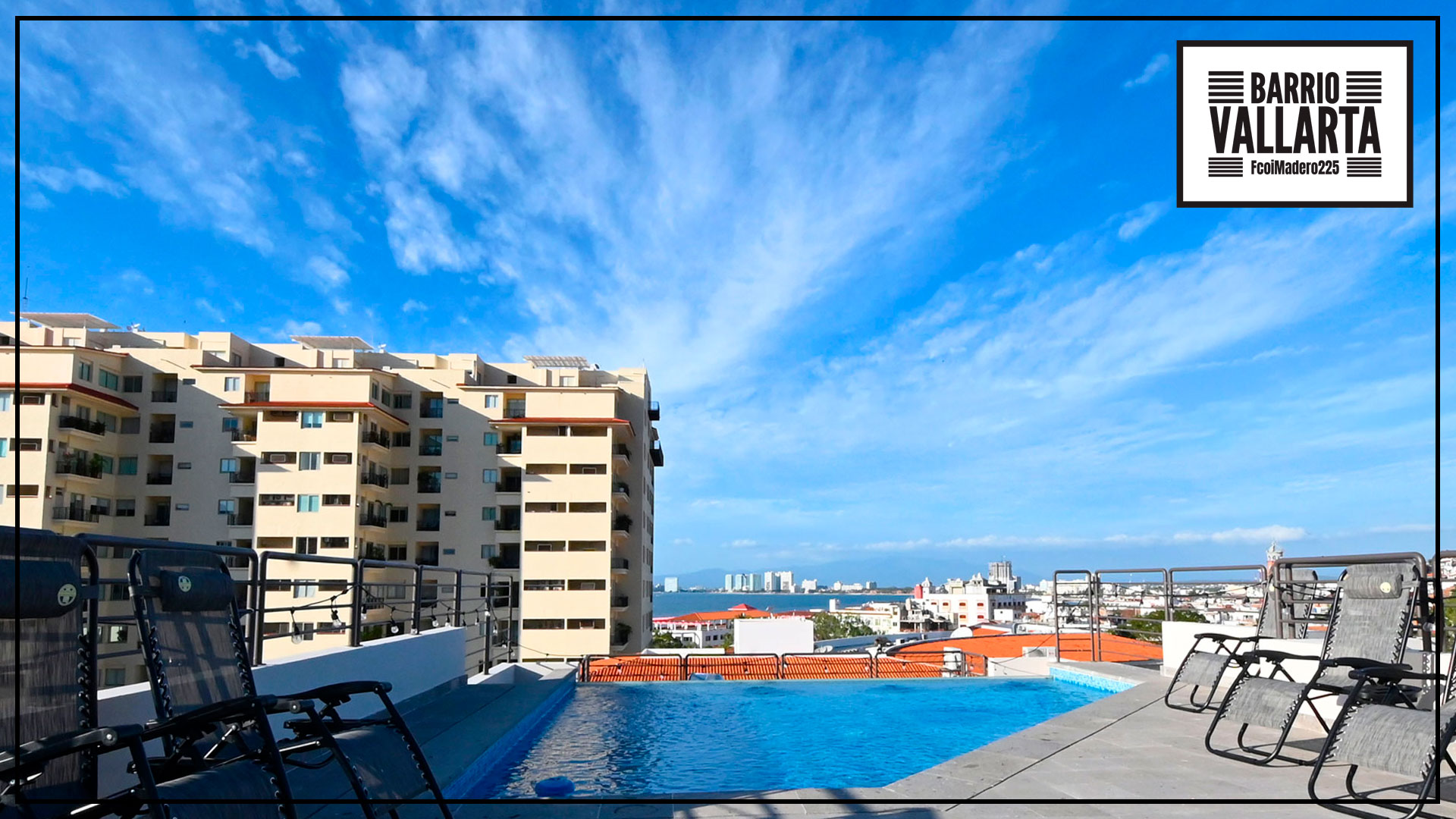05
August
THE STORY OF PUERTO VALLARTA: FROM HUMBLE BEGINNINGS TO A WORLD-CLASS DESTINATION
THE STORY OF PUERTO VALLARTA: FROM HUMBLE BEGINNINGS TO A WORLD-CLASS DESTINATION
Puerto Vallarta, nestled on Mexico’s Pacific coast, is renowned for its stunning beaches, vibrant culture, and bustling tourism industry. However, the story of Puerto Vallarta is one of transformation, from a quiet fishing village to one of the world's most beloved travel destinations. This journey is marked by historical events, cultural shifts, and economic growth that have shaped the city's unique character.
📜 Early Beginnings and Founding
The region that is now Puerto Vallarta has a rich history that predates its establishment as a town. Indigenous tribes, particularly the Aztatlán people, inhabited the area for centuries, relying on fishing and agriculture. The Spanish conquest in the early 16th century brought significant changes, as the Spanish explored and claimed territories along the coast.
The official founding of Puerto Vallarta occurred in 1851 when a naval officer named Don Guadalupe Sánchez established a small town called "Las Peñas" after its rocky terrain. This settlement served primarily as a port for transporting silver from the Sierra Madre mines to the coast, where it could be shipped to other parts of Mexico and beyond.
🏞️ Transformation into Puerto Vallarta
In 1918, the town was officially renamed "Puerto Vallarta" in honor of Ignacio Vallarta, a former governor of the state of Jalisco. This change marked the beginning of the town's evolution into a more structured community. The construction of roads and improved transportation links gradually connected Puerto Vallarta to the rest of the country, promoting trade and travel.
Despite these developments, Puerto Vallarta remained relatively obscure until the mid-20th century. Its secluded beaches and picturesque landscape attracted a small but steady stream of visitors, including artists and writers who sought inspiration from the area's natural beauty.
🎬 The 1960s Boom: Hollywood and Tourism
The 1960s were a turning point for Puerto Vallarta, catapulting the town into international fame. This transformation began with the filming of the movie "The Night of the Iguana" in 1963, directed by John Huston and starring Richard Burton, Ava Gardner, and Deborah Kerr. The production drew significant media attention, particularly due to the presence of Burton and Elizabeth Taylor, whose relationship was a subject of intense public interest.
Elizabeth Taylor and Richard Burton's presence in Puerto Vallarta, along with the film's success, highlighted the town's charm and beauty. This period also saw significant investment in infrastructure, including the construction of the city's first major hotel, which helped accommodate the growing number of tourists. The combination of Hollywood glamour and stunning scenery made Puerto Vallarta an attractive destination for travelers from around the world.
🏗️ Development and Growth in the Late 20th Century
The 1970s and 1980s saw continued growth and development in Puerto Vallarta. The city expanded its tourism infrastructure, with new hotels, resorts, and restaurants catering to an increasing number of international visitors. The government also invested in modernizing the city's facilities, including the construction of the Gustavo Díaz Ordaz International Airport, which made Puerto Vallarta more accessible.
The local culture and arts scene flourished during this time, with galleries and cultural events showcasing Mexican art, music, and traditions. The city's Malecon, a scenic boardwalk along the ocean, became a hub of activity, featuring sculptures, street performances, and local crafts.
🌇 Puerto Vallarta Today: A Blend of Tradition and Modernity
Today, Puerto Vallarta is a bustling city that seamlessly blends traditional Mexican culture with modern amenities. It is known for its beautiful beaches, vibrant nightlife, and diverse culinary scene. The city's old town, also known as "Zona Romantica," retains its charming cobblestone streets and historic architecture, offering a glimpse into Puerto Vallarta's past.
Tourism remains a cornerstone of the local economy, with visitors from around the globe flocking to enjoy the city's natural beauty, adventure activities, and cultural attractions. Puerto Vallarta has also become a popular destination for eco-tourism, with initiatives aimed at preserving the local environment and promoting sustainable travel.
In recent years, Puerto Vallarta has continued to grow and adapt, embracing new trends in travel and hospitality. The city has become a hub for LGBTQ+ travelers, offering a welcoming and inclusive environment. Additionally, Puerto Vallarta has expanded its appeal to wellness tourism, with numerous spas, yoga retreats, and holistic healing centers.
⊹ ₊ ⁺‧₊˚ 🌅 ˚₊‧⁺ ₊ ⊹
Puerto Vallarta's journey from a small fishing village to a world-class tourist destination is a testament to its unique charm and resilience. The city's rich history, stunning landscapes, and vibrant culture continue to captivate visitors and residents alike. As Puerto Vallarta looks to the future, it remains a place where tradition and modernity coexist, offering a unique and unforgettable experience to all who visit.

